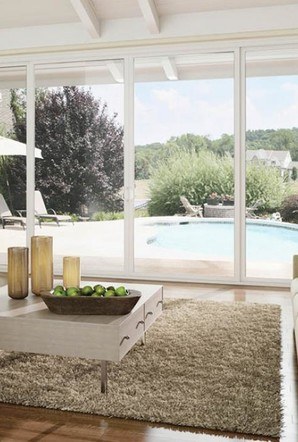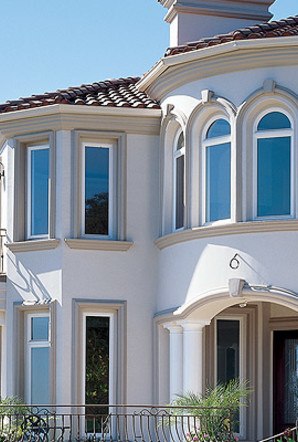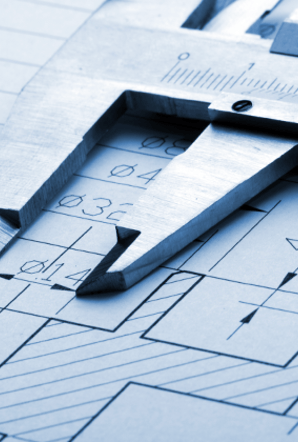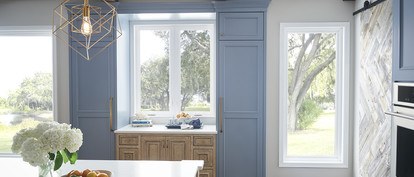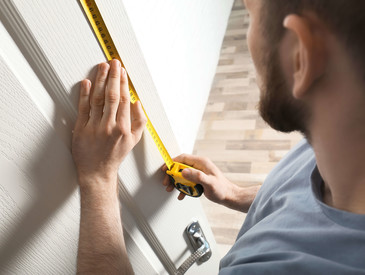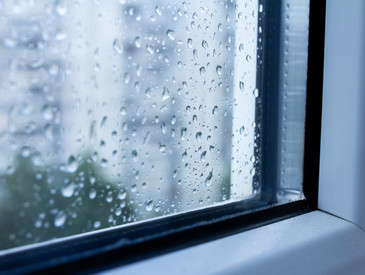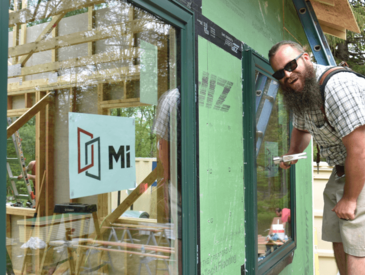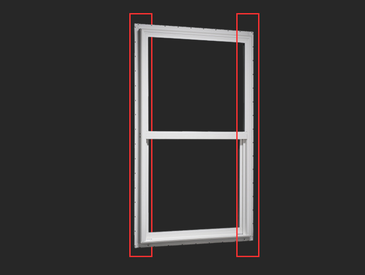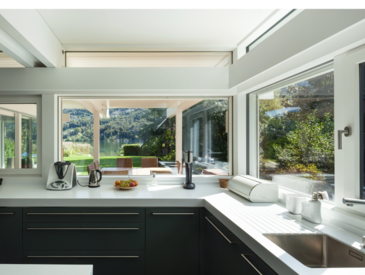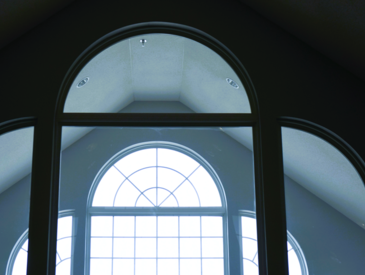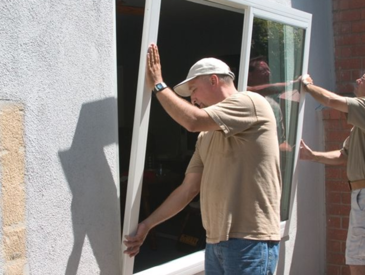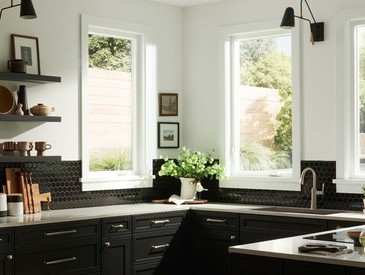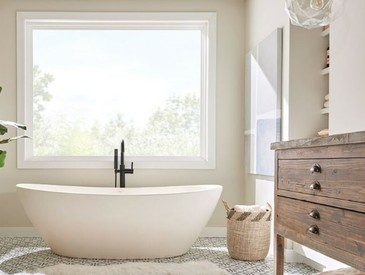Did you know that the glass produced for windows and doors today is vastly different from what was being installed just a few decades ago? Today’s glass is stronger, comes with myriad options, and is much more energy efficient. That last point is vitally important, because energy-efficient products can help save you money and are better for the environment. One of the most important energy-saving tips for homeowners is to install Low-E window glass. Let’s learn more about what it is and why it’s important for most homes.
What are Low-E windows?
Low-emissivity windows, abbreviated as Low-E windows, have a thin, microscopic coating applied to the glass that reflects heat. Low-E film for windows, usually made of metallic oxides, prevents heat from escaping your home during winter and keeps it out in the summer. Low-E glass windows not only help maintain interior temperatures, but can also help protect wallpaper, curtains, and other items from fading due to sunlight.
Low-E windows are versatile and are beneficial in both cold and hot climates. In colder regions, they reduce heat loss by reflecting interior temperatures back inside. In warmer climates, they improve a window’s solar heat gain coefficient rating, reflecting exterior heat, keeping homes cooler, and reducing the reliance on air conditioning.
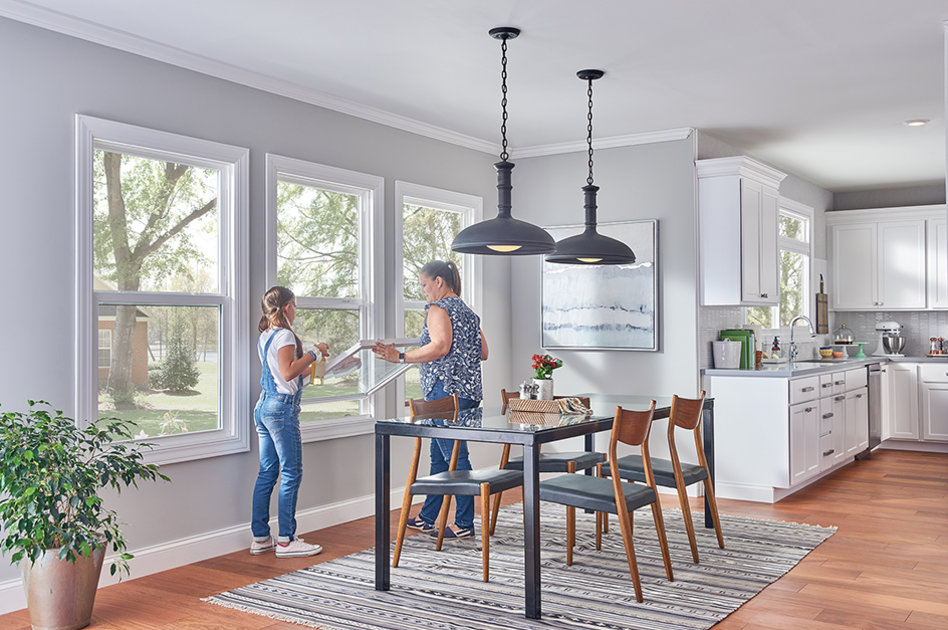
Benefits of Low-E glass windows
Low-E windows are increasing in popularity, and for good reason. This simple coating has plenty of benefits for homeowners:
- Energy efficiency: Low-E windows are some of the most energy-efficient windows out there. They can significantly reduce energy consumption by maintaining consistent indoor temperatures.
- Cost savings: Although the initial investment might be higher, the reduction in energy bills means these windows can pay for themselves over time. Plus, you may be able to take advantage of tax credits for energy-efficient windows, depending on your area.
- UV protection: These windows can block harmful UV rays, which helps prevent your fabrics and wall coverings from fading.
- Improved comfort: Low-E glass reduces cold drafts and hot spots in a room, enhancing overall comfort.
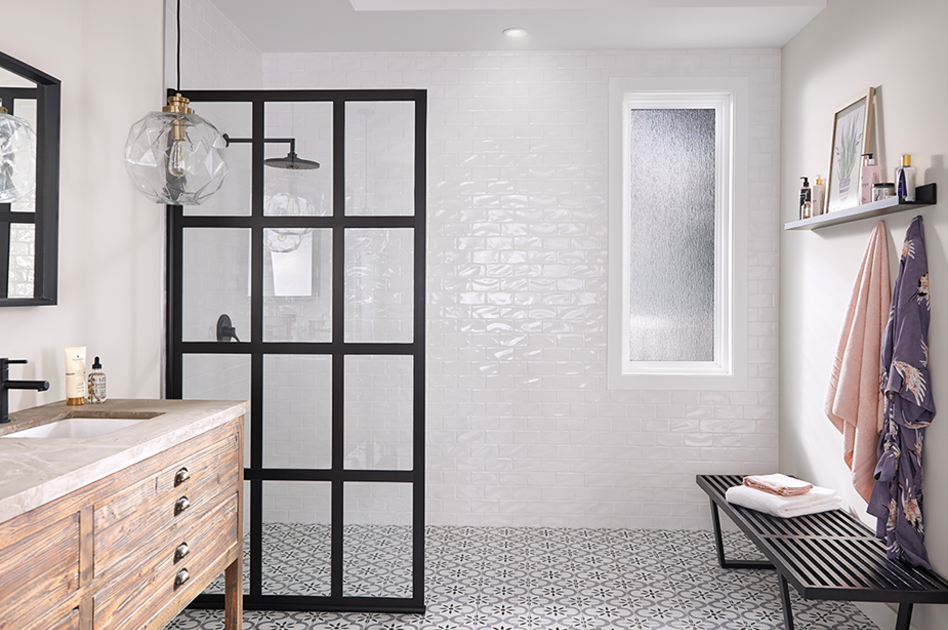
Low-E glass windows: cost vs. value
The cost of Low-E windows varies depending on factors like size, frame material, and specific manufacturer, but generally, you can expect to pay about 10–15% more than standard windows. However, the energy savings can be substantial because you’ll have less need for heating and cooling even in extreme weather conditions. Low-E windows can also help protect your upholstery and curtains from fading, which is particularly important in rooms like sunrooms.
The benefits of Low-E windows extend beyond mere cost, enhancing the livability and enjoyment of your home environment. Considering the energy savings, increased comfort, UV protection, and potential increase in property value, they’re a worthwhile investment for most homeowners.
How long do Low-E windows last?
Low-E window glass typically can last up to 20 years, depending on the quality of installation, whether they’re properly maintained, and the climate conditions they are exposed to. This is about the same as standard window glass. Today’s Low-E film for windows is applied using methods that improve its durability and resistance to weather conditions like harsh sun or salty sea air.
Tips to extend the life of Low-E windows
Just like with standard windows, there are measures you can take to extend the life of Low-E glass windows, including:
- Proper installation: Ensure that your Low-E windows are installed by a qualified professional. Proper installation prevents issues such as leaks and drafts that can affect the window's performance and durability.
- Regular cleaning: Keep the windows clean by using a soft cloth and non-abrasive cleaners. Avoid harsh chemicals and abrasive tools that can scratch the glass or damage the Low-E coating.
- Routine inspections: Check for signs of seal failure, such as condensation between glass panes or drafts around the window frame. Early detection of these issues can help you address them before they lead to more significant problems.
- Use protective measures: If you live in an area with severe weather conditions, consider using storm shutters or impact glass to protect the windows from flying debris and severe impacts.

More energy-efficient features to consider
If you’re in the market for new windows and patio doors, then you’ve inevitably come across even more energy-efficient glass options. Unless you’re an expert in the field, it can be hard to keep it all straight, which is why we’ve also compiled this handy glossary that goes beyond Low-E film for windows.
Spacer Systems
Nearly all windows manufactured today have spacer systems. On a dual- or triple-pane window, the space between the panes is the spacer system. The spacer provides a moisture barrier, which helps block cool air from entering your home and warm air from escaping. Because of this, windows with spacers are superior to the old single-pane window style. Many also have gas enhancements, which takes us to our next category.
Gas Enhancements
In windows with gas enhancements, dense gasses (usually argon, but sometimes krypton or are pumped between the panes during the production process. Like the spacer system itself, this gas also helps block air, further helping homeowners to keep their interior space at a consistent temperature.
Obscure Glass
Obscure glass is sometimes referred to as decorative glass. While it’s true that this product is often employed for its aesthetic look, obscure glass also blocks UV rays. It’s commonly used in bathrooms because it allows for natural light, but also provides privacy. It’s also popular in entryways and even on sliding glass patio doors that face the street or a neighbor’s home.
Laminated Glass
Created for areas that frequently experience severe storms, laminated windows, sometimes called hurricane impact windows, are designed to splinter when damaged. It contains an inner layer of lamination that then prevents the window from completely shattering – it may crack, but it won’t allow air to enter your home. Laminated glass is also energy-efficient: Its multiple layers naturally block heat, and it’s available with Low-E coatings.
Find Low-E windows and more at MI
Low-E glass windows are one of the most cost-effective ways to improve the energy efficiency of your home – but they’re not the only feature you’ll come across as you shop. A Certified MI Dealer is your best resource to learn about all things related to energy efficiency, including types of glass and Low-E film for windows. Find a dealer in your area to learn more about our high-quality, energy-efficient products and how they can help increase your comfort and save you money.


















